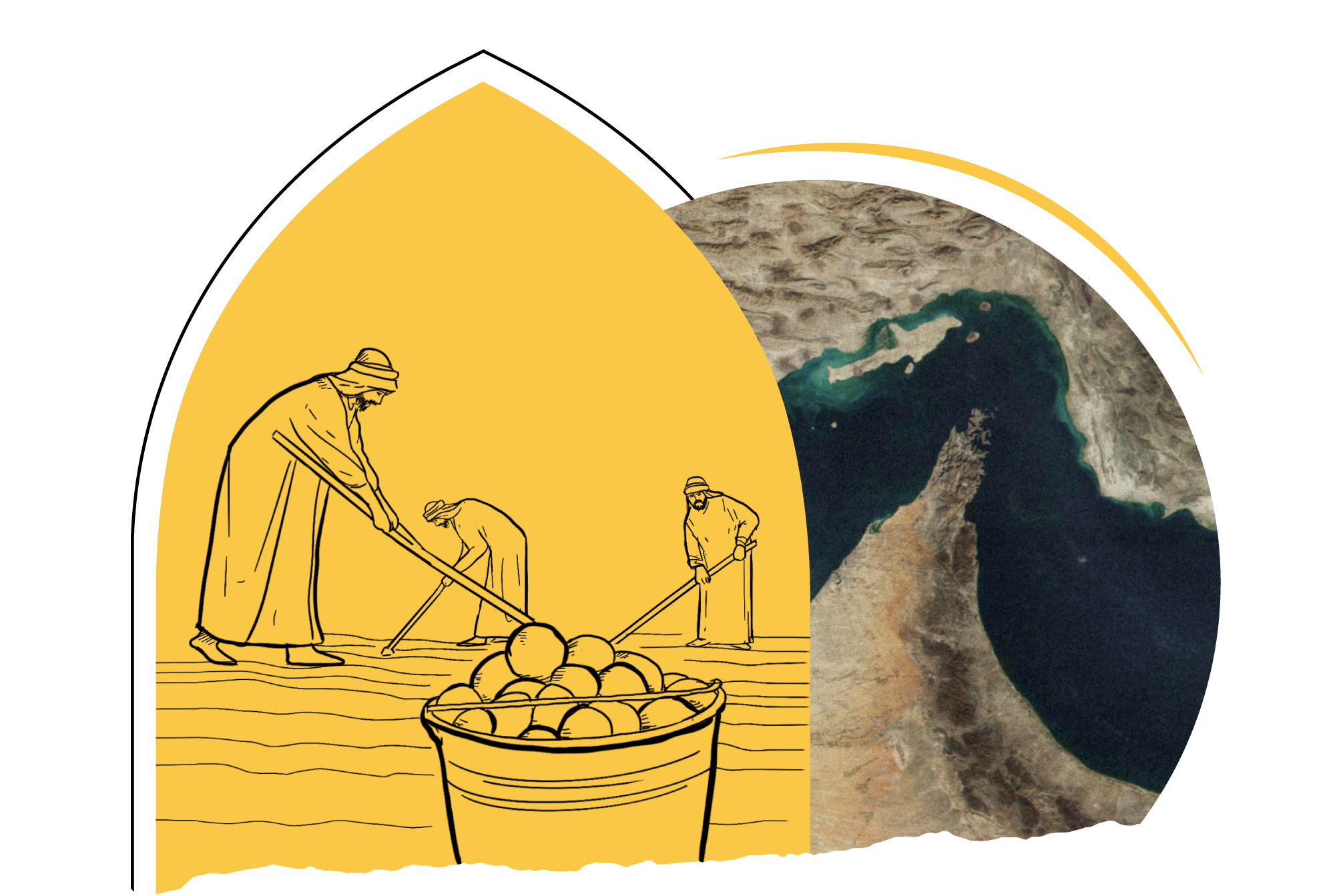
Ahvaz
Arab Lung from which Persian Iran Breathes
The Persian-occupied region of Arab Ahvaz remains a center of gravity in the Arab-Persian conflict. The moment Ahvaz Arabs win their cause, it will be reflected in the balance of power in the region and the national security of the Arab Gulf states.
Familiarity with “Arabistan” file is an introduction to an optimal defense favor Ahvaz cause, which must be addressed with the logic of “justice of the cause” first, and then with the logic of strategic intersections. This brings us to the logic of Badr Khadim Abd al-Rahman al-Dakhil, when he said: “Victory is where both ends meet”.
by the logic of strategic calculations (devoid of the bond of race and blood), Ahvaz cause falls within the category of “decisive strategic goal”, in order to achieve the objective strategic goal, which is to build a strategic wall against Iranian ambitions and transform Iran from a regional power into a normal state forced to coexist with its regional surroundings.
Historically, Arabistan remained a strategic target on the Persian agenda due to its natural, agricultural and energy potential, which rendered it a “basket” for Iran, Iraq and the Arabian Gulf alike. Not to mention, oil discoveries increased the importance of Arabistan and made it the economy and energy center of the Iranian occupier. In addition to the foregoing, the geostrategic importance of Ahvaz on the Strait of Hormuz enabled Iran to control this area, which constitutes the lifeblood of the Arabian Gulf states and Iran alike.
Ahvaz region is Iran’s economic and energy center and the food basket for the countries of the region.

In this regard, in numbers, Ahvaz produces about 70% of Iranian oil and the region contains 35% of Iran’s water. Ahvazi city of Abadan is one of the most important oil refining and export centers, where its facilities are linked to oil and gas fields in various parts of the state. It is also a strategic port that provides Iran with a valuable interface on the Arabian Gulf and international shipping heading from this region to various parts of the world.
On the existential importance of Arabistan for Iran, we find Shah Mohammad Reza Pahlavi dealing with the value of Ahvaz region for Iran in a speech he made before the Shura Council and the House of Representatives in 1964, where he said: “The Iranian interests in Ahvaz province, especially in oil spaces therein, will inevitably reach the amount of 1000 million dollars in the year 1970. I do not want to suggest an even bigger amount. Our benefits from the oil produced from the waters and coasts of the Gulf until the aforementioned date will reach a third of these amounts. If we add to that the revenues of natural gas, petrochemical industries, exports of chemical fertilizers, etc. in Ahvaz, massive numbers shall occur in your minds”.
That statement of the Shah of Iran is evidence of the Persians’ desire to sustain the occupation of this Arab land and to continue exploiting its energy and natural resources. Perhaps this will to sustain this settlement occupation remained a constant point on the agenda of all those who succeeded in ruling Iran and who refused even to grant the Ahvaz Arabs their right to a fair distribution of wealth, although they consider Iran’s fate to be linked to Ahvaz and not the other way around.
Rulers of Iran consider Ahvaz as an “Achilles’ hee” in their strategic construction and the critical point of weakness that could destroy the image the Persians tried to paint on Iran. That is why we find a president like Muhammad Khatami saying “Long live Iran/Khuzestan” (Khuzestan is the distorted name that the Persians give to Arabistan).
It can be said that a quick look at the Arabian Gulf clearly indicates that by the occupation of Arabistan and the three Emirati islands, Iran sieged the heart land and exploited the tools and means (in the strategic sense) provided by the region, in addition to using it as a base to threaten maritime navigation and a blackmail card to impose a state of Instability in global markets and stock exchanges, in light of a “globalized” international community whose far west is affected by what is located in the far east.
Reconciling the necessity of optimal advocacy of the Ahvaz cause and media and political adoption thereof, on the one hand, and the enforcement of “optimal strategic implementation” logic, on the other hand, remains the keys to saving Ahvaz from the claws of Iran and achieving several goals simultaneously: victory for the justice of Ahvaz cause, ensuring national security in Arab Gulf region and cutting the nails of Iran, which will turn into a normal country, if it is not disturbed by the political demands that have been raised by ethnic groups.


- Ibrahim Al-Obeidi, .. A Stolen Arab Land (Baghdad: Dar Al-Hurriya for Printing, 1980).
- Ahmed Al-Muzaffar, Ahvaz: From the Advent of Islam to the Fifth Century AH (Damascus: Dar Al-Hassad, 2021).
- Amal Al-Sobky, Iran’s Political History Between Two Revolutions 1906-1979 AD (Kuwait: A’alam Al-Ma’refa , 1999).
- Hassan Al-Jaff, Encyclopedia of Iran’s Political History (Beirut: Arab House Encyclopedias, 2008).
- Abd al-Masih al-Antaky, Flowering Gardens between Kuwait and Muhammarah (Beirut: The Arab House Encyclopedias, 2014).
- Ali Nima Al-Helou, Ahvaz in Its Historical Roles (Baghdad: Dar Al-Basr, 1967).

